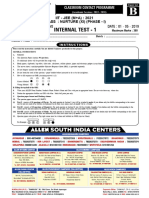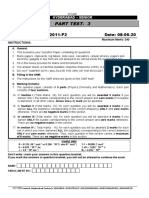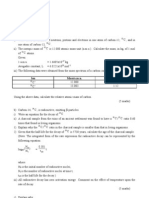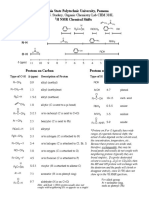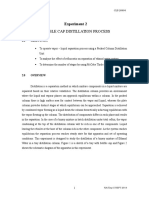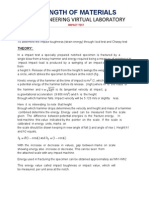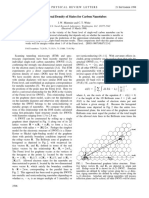0% found this document useful (0 votes)
55 views19 pagesSolution
The document contains a series of physics, chemistry, and mathematics questions and answers, organized into sections. It includes problems related to motion, projectile trajectories, chemical bonding, and inequalities. Each section provides multiple-choice questions followed by their respective answer keys.
Uploaded by
visheshagrawal2024Copyright
© © All Rights Reserved
We take content rights seriously. If you suspect this is your content, claim it here.
Available Formats
Download as PDF, TXT or read online on Scribd
0% found this document useful (0 votes)
55 views19 pagesSolution
The document contains a series of physics, chemistry, and mathematics questions and answers, organized into sections. It includes problems related to motion, projectile trajectories, chemical bonding, and inequalities. Each section provides multiple-choice questions followed by their respective answer keys.
Uploaded by
visheshagrawal2024Copyright
© © All Rights Reserved
We take content rights seriously. If you suspect this is your content, claim it here.
Available Formats
Download as PDF, TXT or read online on Scribd
/ 19















